- Overview of Bean Pest Infestations
- Common Bean Pests
- Signs of Bean Pest Infestations
- Preventing and Managing Bean Pest Infestations
- Conclusion
- Understanding the Impact of Bean Pests on Crop Yield
- Types of Bean Pests
- Impact on Crop Yield
- Preventing and Managing Bean Pests
- Conclusion
- Common Types of Bean Pests and Their Characteristics
- Preventing Bean Pest Infestations
- 1. Crop Rotation
- 2. Proper Weed Control
- 3. Sanitation
- 4. Natural Predators
- 5. Regular Monitoring
- 6. Chemical Controls
- Implementing Proper Crop Rotation Strategies
- 1. Diversify your crop selection
- 2. Choose crops with different lifecycles
- 3. Incorporate cover crops
- 4. Avoid planting crops from the same family in consecutive seasons
- 5. Monitor and assess pest populations
- 6. Properly manage crop residues
- Utilizing Natural Predators to Control Bean Pests
- Ladybugs
- Praying Mantises
- Parasitic Wasps
- Nematodes
- Birds
- Managing Bean Pest Infestations
- 1. Identify the pests
- 2. Implement proper sanitation practices
- 3. Crop rotation
- 4. Introduce beneficial insects
- 5. Use physical barriers
- 6. Apply organic insecticides
- 7. Monitor and scout regularly
- 8. Maintain plant health
- 9. Seek professional help if needed
- Identifying Signs of Infestation and Taking Immediate Action
- 1. Visible pests
- 2. Damage to leaves and stems
- 3. Presence of eggs or larvae
- 4. Leaf mining
- 5. Yellowing or browning leaves
- 6. Reduced crop yield
- Using Organic and Chemical Control Methods
- Organic Control Methods
- Chemical Control Methods
- Integrated Pest Management (IPM)
- “Question-Answer”
- What are some common pests that infest bean plants?
- How can I prevent pests from infesting my bean plants?
- What are some organic methods to control bean pests?
- What are some signs of a bean pest infestation?
- How can I identify and deal with aphids on my bean plants?
- What should I do if my bean plants have spider mites?
- Are there any cultural practices that can help in preventing bean pest infestations?
- “Video” How to Keep Pests Out of your Garden, 5 Tips for Organic Pest Control
Beans are a common staple in many diets, but they are also susceptible to pests that can damage the plants and reduce yields. To ensure a healthy bean crop, it is important to implement effective pest control techniques. By managing and preventing bean pest infestations, growers can protect their plants and maximize their harvest.
One of the key techniques for controlling pests on bean plants is regular inspection. By closely monitoring the plants, growers can identify any signs of pest activity early on and take immediate action. Look for chewed leaves, wilting plants, or the presence of eggs or larvae. Early detection allows for targeted treatments and prevents the pests from causing further damage.
In addition to regular inspection, another effective pest control technique for beans is the use of biological control. This involves introducing natural predators or beneficial organisms to the garden to help control pest populations. For example, ladybugs are known to feed on aphids, which are a common pest of beans. By releasing ladybugs into the garden, growers can help keep aphid populations in check.
Implementing good cultural practices is also important for managing and preventing bean pest infestations. This includes practices such as proper watering and fertilization, as well as crop rotation. By maintaining healthy plants and avoiding the buildup of pests in the soil, growers can reduce the likelihood of infestations. Additionally, intercropping with companion plants, such as marigolds or nasturtiums, can help deter pests and promote a healthier bean crop.
In conclusion, effective pest control techniques are essential for managing and preventing bean pest infestations. Regular inspection, biological control, and good cultural practices can all help protect bean plants from pests and maximize crop yields. By implementing these techniques, growers can ensure a healthy and bountiful bean harvest.
Overview of Bean Pest Infestations
Bean plants are susceptible to a variety of pests that can cause significant damage to the crop. These pests can be insects, mites, or even diseases that affect the health and productivity of bean plants. It is important for bean growers to understand the types of pests that commonly infest bean plants and take appropriate measures to manage and prevent infestations.
Common Bean Pests
There are several common pests that can infest bean plants, including:
- Aphids: These small insects suck the sap from the leaves and stems of bean plants, causing them to deform and curl.
- Spider mites: These tiny pests feed on the foliage of bean plants, causing yellowing and stippling of the leaves.
- Bean beetles: These beetles chew on the leaves and pods of bean plants, leading to defoliation and reduced yield.
- Cutworms: These caterpillars cut through the stems of young bean plants, causing them to wilt and die.
Signs of Bean Pest Infestations
It is important to be able to identify the signs of a bean pest infestation in order to take timely action. Some common signs include:
- Stunted growth: If bean plants are not growing as expected and appear weak, it may be a sign of pest damage.
- Holes in leaves: Chewing pests like beetles and caterpillars can leave visible holes in the leaves of bean plants.
- Discolored foliage: Pests like spider mites can cause leaves to turn yellow or develop a stippled appearance.
- Presence of pests: Look for the actual pests themselves, such as aphids or spider mites, on the leaves of bean plants.
Preventing and Managing Bean Pest Infestations
Fortunately, there are several effective techniques for preventing and managing pest infestations in bean plants. These include:
- Planting resistant varieties: Choose bean varieties that have been specifically bred to be resistant to common pests.
- Companion planting: Planting certain companion crops or flowers can help deter pests and reduce infestation.
- Cultural practices: Maintaining good plant hygiene, such as removing plant debris and practicing crop rotation, can help prevent the buildup of pests.
- Natural predators: Encouraging the presence of beneficial insects, such as ladybugs and lacewings, can help control pest populations naturally.
- Organic pesticides: If necessary, use organic pesticides that are approved for use on beans and pose minimal risk to the environment.
Conclusion
Bean pest infestations can have a significant impact on the health and productivity of bean plants. By understanding the types of pests that commonly infest beans and implementing effective pest control techniques, bean growers can prevent and manage infestations, resulting in healthier plants and higher yields.
Understanding the Impact of Bean Pests on Crop Yield
Pests are a major threat to bean crops and can have a significant impact on crop yield. Understanding the impact of bean pests is crucial for effective pest control and management strategies.
Types of Bean Pests
- Aphids: These small insects feed on the sap of bean plants, causing stunted growth and yellowing of leaves. They can also transmit viruses.
- Bean weevils: These beetles lay eggs on bean seeds, and the larvae feed on the seeds, leading to reduced yield and quality.
- Cutworms: These caterpillars cut the stems of bean plants, causing them to wilt and die.
- Spider mites: These tiny pests suck the sap from bean plants, causing yellowing of leaves and webbing on the plants.
Impact on Crop Yield
The presence of bean pests can significantly reduce crop yield in several ways:
- Reduced plant growth: Pests such as aphids and spider mites can stunt the growth of bean plants, leading to smaller plants and fewer beans produced.
- Seed damage: Bean weevils and other pests that feed on bean seeds can cause damage, resulting in reduced germination and lower yield.
- Plant death: Pests like cutworms can cut the stems of bean plants, causing them to wilt and die. This can lead to a complete loss of the affected plants.
- Disease transmission: Some pests, such as aphids, can transmit viruses to bean plants, causing diseases that further reduce yield.
Preventing and Managing Bean Pests
Effective pest control and management techniques can help minimize the impact of bean pests on crop yield:
- Plant resistant varieties: Choose bean varieties that are resistant to common pests in your area.
- Practice crop rotation: Rotate beans with non-host crops such as corn or wheat to disrupt pest life cycles.
- Use physical barriers: Use row covers or netting to protect bean plants from pests.
- Implement good sanitation practices: Clean up crop debris and remove weeds to reduce pest habitats.
- Monitor and scout: Regularly inspect bean plants for signs of pests and take appropriate action when necessary.
- Apply targeted treatments: Use insecticides or organic pest controls specifically targeted to the pests affecting bean crops.
Conclusion
Understanding the impact of bean pests on crop yield is essential for effective pest control and management. By implementing preventative measures and taking appropriate action against pests, growers can protect their bean crops and optimize yield.
Common Types of Bean Pests and Their Characteristics
When it comes to growing beans, there are several common pests that can cause damage to your plants. Understanding the characteristics of these pests can help you identify and manage infestations effectively. Here are some of the most common types of bean pests:
Bean Leaf Beetle: This small insect is characterized by its oval-shaped body and vibrant colors, such as yellow, red, or brown. They feed on bean leaves, causing skeletonization and defoliation. Look for small holes and chewed edges on the leaves as a sign of infestation.
Bean Weevil: These pests are small beetles with elongated bodies and snouts. They feed on bean seeds and pods, causing physical damage and reducing crop yield. Look for exit holes in the pods and seeds, as well as webbing or larvae presence, to identify an infestation.
Aphids: Aphids are tiny, soft-bodied insects that can be various colors, including green, black, or yellow. They feed on the sap of the bean plant, often clustering on the underside of leaves. Look for curling leaves, sticky residue (honeydew), and the presence of ants, which feed on the honeydew left by aphids.
Spider Mites: These pests are not insects but rather tiny arachnids. They are usually reddish-brown or green and can be difficult to see with the naked eye. Spider mites suck the sap from plant cells, causing yellowing, stippling, and webbing on the leaves. Use a magnifying glass to detect their presence.
Other common bean pests include thrips, whiteflies, and caterpillars. It’s important to regularly inspect your bean plants for signs of pest infestation and take appropriate measures to prevent and manage them. By knowing the characteristics of these pests, you can make informed decisions on which control methods to employ.
Preventing Bean Pest Infestations
Pests can cause significant damage to bean crops, leading to reduced yields and potentially even complete crop loss. Here are a few effective techniques for preventing and managing bean pest infestations:
1. Crop Rotation
- Rotate bean crops with other non-legume crops to disrupt pest life cycles and reduce the buildup of pest populations.
- Consider planting pest-resistant crops, such as grains or root vegetables, in between bean crops to further discourage pests.
2. Proper Weed Control
- Remove weeds regularly as they can serve as hosts for pests, providing them with food and shelter.
- Use physical or chemical weed control methods to prevent weed growth and minimize the risk of pest infestations.
3. Sanitation
- Keep the growing area clean and free of debris, as it can attract pests and create breeding grounds.
- Dispose of any infested plant debris properly to prevent the spread of pests to healthy plants.
4. Natural Predators
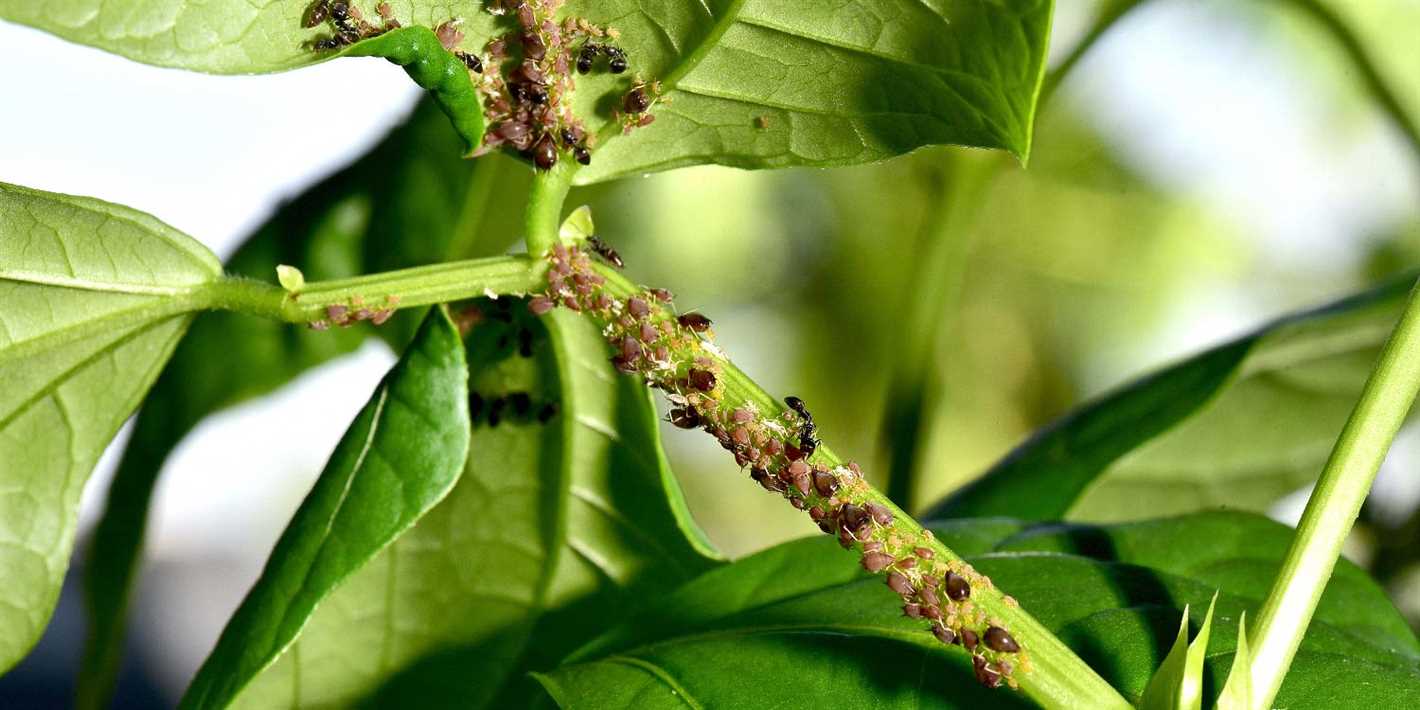
- Encourage the presence of beneficial insects and birds that feed on pests, such as ladybugs, lacewings, and birds.
- Plant flowers and native plants that attract beneficial insects and provide them with nectar and pollen.
5. Regular Monitoring
- Inspect bean plants regularly for signs of pest activity, including chewed leaves, wilting, or discoloration.
- Use sticky traps or pheromone traps to monitor pest populations and take appropriate action if necessary.
6. Chemical Controls
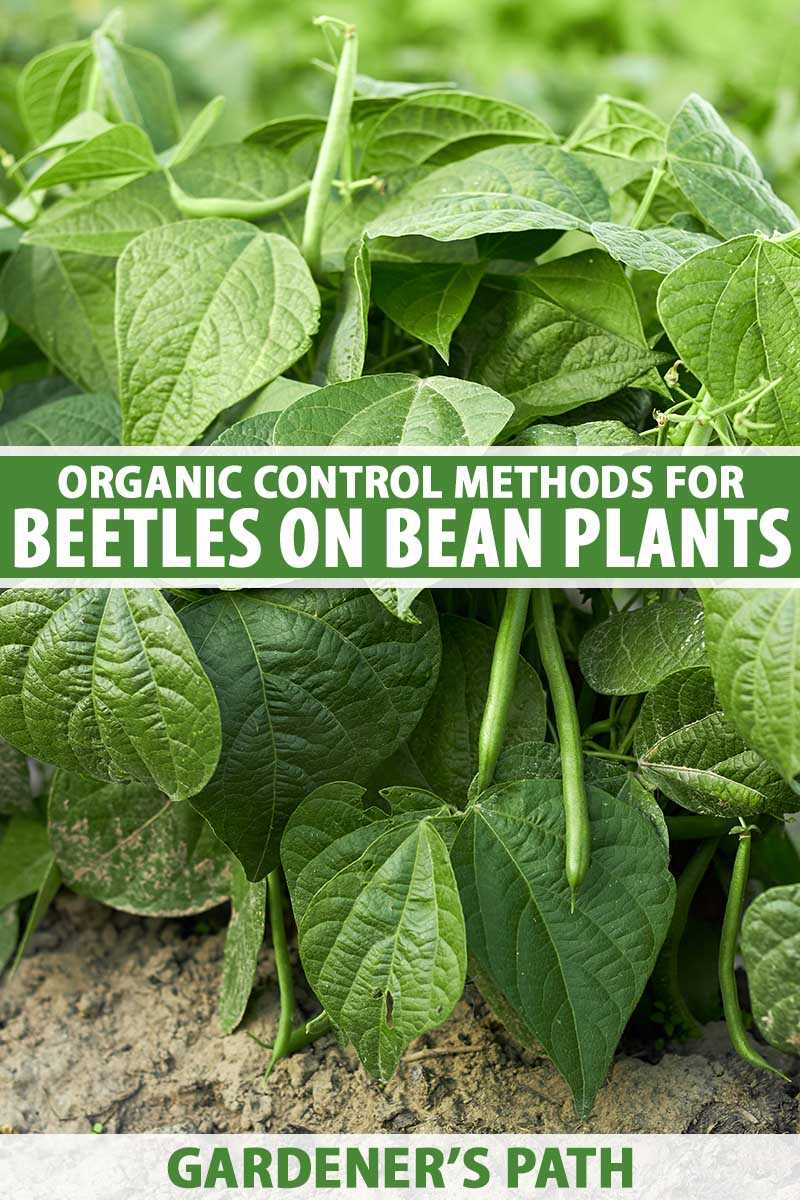
- If pest infestations become severe and other prevention methods are not effective, consider using chemical controls as a last resort.
- Always follow the label instructions and apply pesticides sparingly to minimize their impact on the environment and beneficial insects.
- Consider using organic or biological control methods, such as insecticidal soaps or microbial pesticides, to minimize the use of synthetic chemicals.
By implementing these preventive measures, you can greatly reduce the risk of bean pest infestations and ensure healthier, more productive bean crops.
Implementing Proper Crop Rotation Strategies
Proper crop rotation strategies play a vital role in effective bean pest control. By utilizing different crops in a specific sequence, you can minimize pest populations and reduce the risk of infestations. Here are some key points to consider when implementing crop rotation strategies for pest management:
1. Diversify your crop selection
Rotate the types of crops you plant in a particular area each growing season. This helps prevent the buildup of specific pests that target particular crops. By diversifying your crop selection, you make it harder for pests to establish and survive in your field.
2. Choose crops with different lifecycles
When planning your crop rotation, select crops with different lifecycles. This includes crops that have different planting times and harvest periods. By doing so, you disrupt the life cycles of pests and make it more difficult for them to thrive.
3. Incorporate cover crops
Introducing cover crops in your rotation can help improve the overall health and fertility of your soil. Cover crops such as legumes and grasses can suppress weed growth, add organic matter to the soil, and even act as trap crops for certain pests. Consider planting cover crops that have benefits for both pest control and soil health.
4. Avoid planting crops from the same family in consecutive seasons
Beans belong to the legume family, so avoid planting beans or other legumes in the same field successively. Pests that target legumes, such as bean beetles or nematodes, can persist in the soil and attack the new crop. Instead, rotate legumes with non-legume crops to break the pest cycle.
5. Monitor and assess pest populations
Regularly monitor your crops for signs of pests and assess their population levels. Knowing the specific pest pressures in your field will help you adjust your crop rotation strategies accordingly. This may involve shortening or lengthening specific crop cycles or adjusting the selection of crops in your rotation plan.
6. Properly manage crop residues
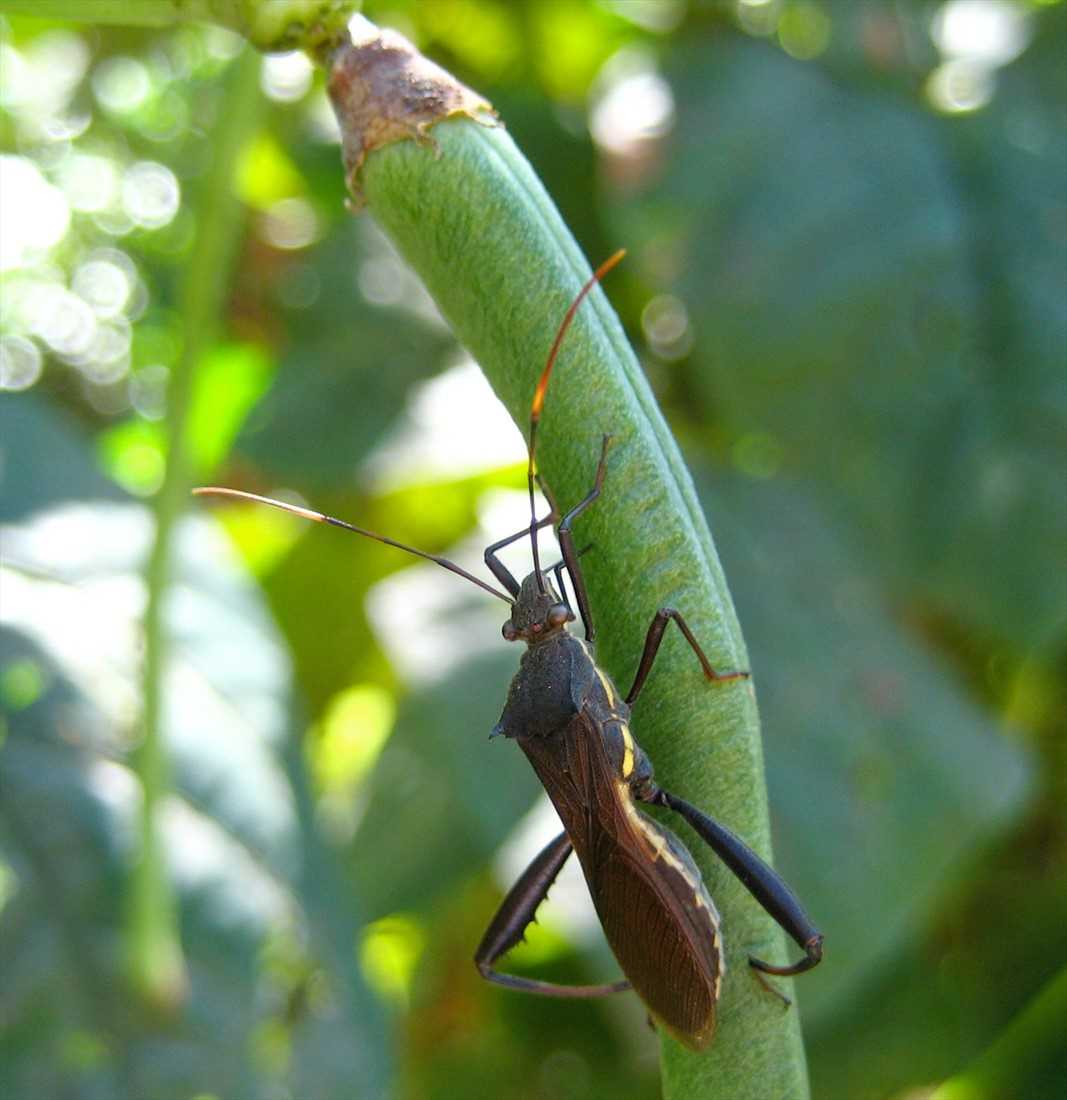
After harvest, it is important to properly manage crop residues to minimize overwintering pests. Remove and compost or dispose of crop residues to reduce the risk of pests surviving and accessing the next crop. Proper management of crop residues also reduces the risk of disease carryover.
By implementing these proper crop rotation strategies, you can effectively manage and prevent bean pest infestations. Remember to adapt your rotation plan based on your specific pest pressures and the needs of your crops.
Utilizing Natural Predators to Control Bean Pests
One effective and environmentally friendly approach to controlling bean pests is by utilizing natural predators. Natural predators are organisms that feed on, parasitize, or otherwise harm pest species. By introducing these natural predators into your bean garden, you can help maintain a balanced ecosystem and reduce the population of unwanted pests. Here are some common natural predators that can be effective in controlling bean pests:
Ladybugs
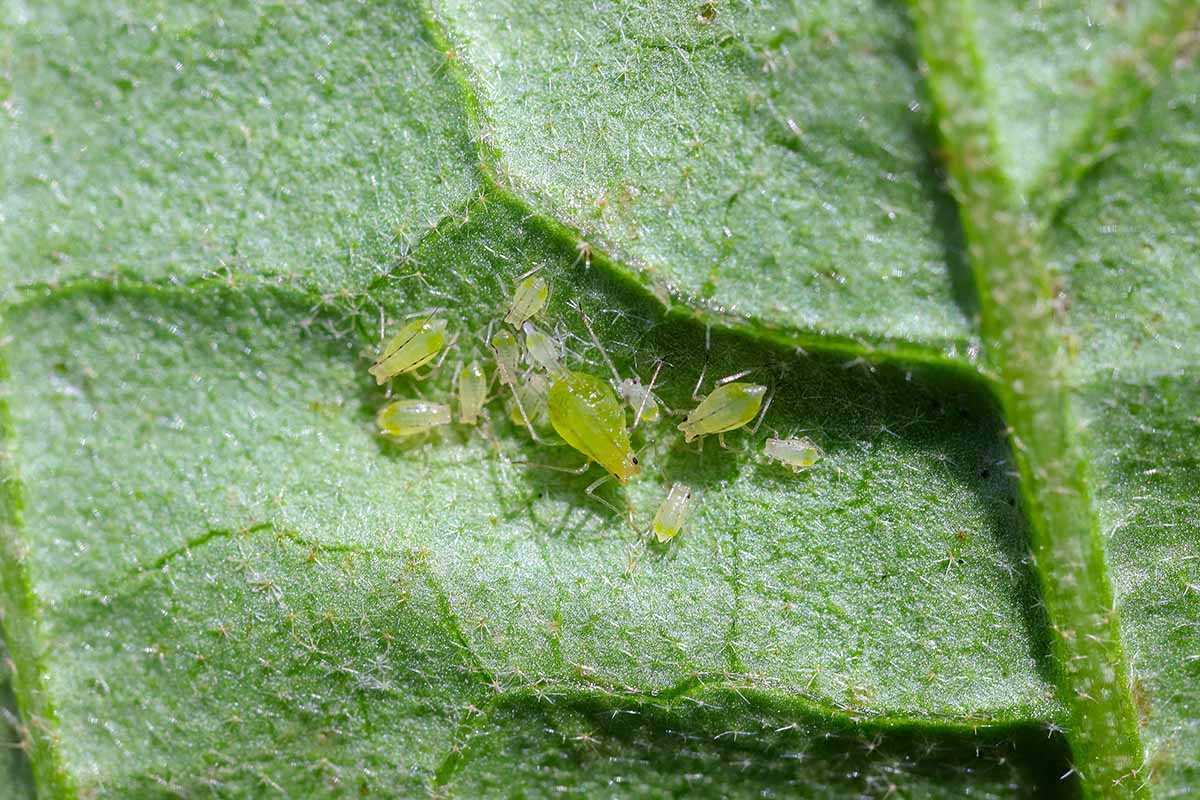
- Ladybugs, also known as lady beetles, are well-known predators of aphids, which are common bean pests.
- These small, brightly colored insects feed on aphids at all stages of their life cycle, effectively controlling their population.
- You can attract ladybugs to your garden by planting pollen-rich flowers and providing water sources.
Praying Mantises
- Praying mantises are fierce predators that feed on a wide range of insects, including bean pests like caterpillars, beetles, and leafhoppers.
- They are known for their ability to capture and hold their prey with their strong front legs.
- By introducing praying mantises into your bean garden, you can help control the population of these pests.
Parasitic Wasps
- Parasitic wasps are small, non-stinging insects that play a vital role in biological pest control.
- They lay their eggs inside bean pest larvae, such as caterpillars or aphids, and the hatched larvae consume the pest from the inside.
- There are many species of parasitic wasps that target different pests, so it’s important to research and select the appropriate species for your specific pest problem.
Nematodes
- Nematodes are microscopic roundworms that can be beneficial in controlling soil-dwelling pests.
- There are different species of nematodes that target specific bean pests, such as root-knot nematodes.
- These nematodes infect and kill the pest larvae in the soil, reducing their population and preventing further damage to the bean plants.
Birds
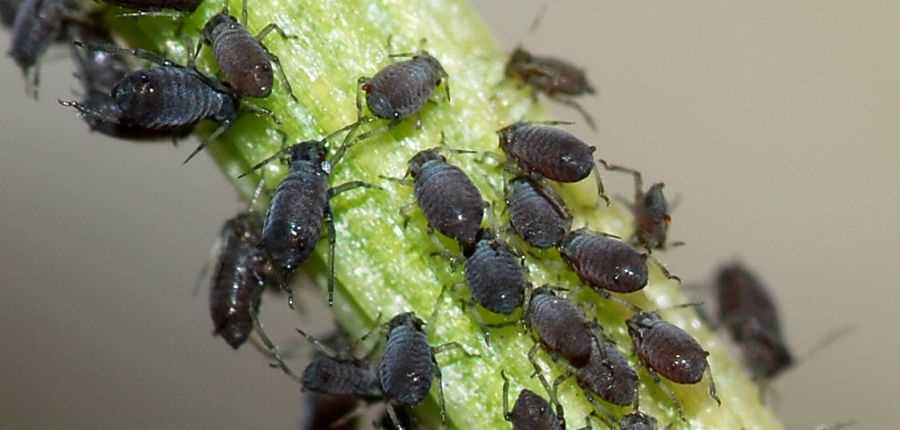
- Many bird species feed on insects, including bean pests.
- Attracting birds to your garden by providing birdhouses, water sources, and native plants can help control the population of pests.
- Birds such as sparrows, chickadees, and finches are known to be effective in controlling a variety of garden pests.
When utilizing natural predators, it’s important to create a favorable habitat that attracts and supports these beneficial organisms. Avoid using pesticides that can harm or deter natural predators, and provide a diverse range of plants to encourage biodiversity. By incorporating natural predators into your bean pest control strategy, you can effectively manage and prevent infestations while promoting a healthy and sustainable garden ecosystem.
Managing Bean Pest Infestations
Bean pests can cause significant damage to your crop if left untreated. Here are some effective techniques for managing and preventing bean pest infestations:
1. Identify the pests
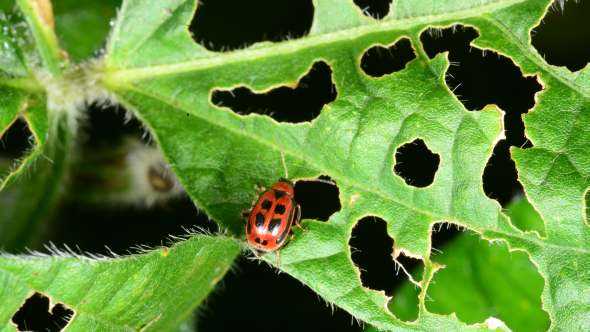
Before implementing any pest control measures, it’s important to accurately identify the pests affecting your bean plants. This will help you determine the most appropriate treatment methods.
2. Implement proper sanitation practices
Good sanitation practices can significantly reduce the risk of bean pest infestations. Remove any plant debris, weeds, or fallen beans from the growing area to eliminate potential hiding places and breeding grounds for pests.
3. Crop rotation
Rotate your bean crops with non-host plants to disrupt the life cycle of pests. This can help prevent the buildup of pest populations and reduce the risk of infestations in subsequent growing seasons.
4. Introduce beneficial insects
Beneficial insects such as ladybugs, lacewings, and parasitic wasps can help control bean pests naturally. Consider introducing these insects to your garden to keep pest populations in check.
5. Use physical barriers
Physical barriers like row covers or netting can prevent pests from reaching your bean plants. Make sure the barriers are properly installed and regularly maintained to be effective.
6. Apply organic insecticides
If pest populations are causing significant damage to your bean plants, you may need to resort to organic insecticides. Look for products that are specifically labeled for bean pests and follow the instructions carefully.
7. Monitor and scout regularly
Regularly inspect your bean plants for signs of pest damage and monitor pest populations using traps or sticky cards. Early detection can help you take timely action and prevent further infestations.
8. Maintain plant health
Healthy bean plants are less susceptible to pest attacks. Provide adequate water, nutrients, and sunlight to promote plant vigor and resilience. Proper plant care can help prevent pest infestations.
9. Seek professional help if needed
If your bean pest problems persist despite implementing various control measures, it may be helpful to seek assistance from a professional pest control service. They can provide specialized knowledge and expertise to effectively manage the infestation.
By implementing these strategies and staying vigilant, you can effectively manage and prevent bean pest infestations, ensuring healthy and productive bean crops.
Identifying Signs of Infestation and Taking Immediate Action
If you suspect that your bean plants are being targeted by pests, it is important to promptly identify the signs of infestation and take immediate action. Early detection and intervention can prevent further damage to your crop and help you effectively manage the infestation. Here are some key signs to look out for:
1. Visible pests
Inspect your bean plants regularly for any visible pests. Look for insects such as aphids, bean beetles, or spider mites on the leaves, stems, and pods. These pests can cause significant damage if not addressed promptly.
2. Damage to leaves and stems
Pay close attention to the leaves and stems of your bean plants. Look for signs of chewed or damaged leaves, wilting, or discoloration. Pests like caterpillars or snails can often leave visible damage on the foliage.
3. Presence of eggs or larvae
Inspect the underside of the leaves for any eggs or larvae. Some pests, like aphids, lay eggs that can be easily identified. Similarly, caterpillars or other larvae can often be spotted on the plants.
4. Leaf mining
Check for signs of leaf mining, which is the creation of tunnels or paths within the leaves. Leaf miners are common pests that can cause extensive damage to bean plants.
5. Yellowing or browning leaves
Yellowing or browning of leaves can be a sign of various pest infestations or diseases. If you notice a significant change in the color of the leaves, investigate further to determine the cause.
6. Reduced crop yield
If you notice a decrease in the overall crop yield or a significant number of underdeveloped or damaged pods, it could be a sign of pest infestation. Keep track of the number and quality of harvested beans to identify any potential issues.
Immediate action:
If you observe any signs of infestation, it is crucial to take immediate action to prevent further damage and regain control over the situation. Here are some steps you can take:
- Remove and destroy infected plants: If you identify infested plants, remove them from the garden and dispose of them properly. This will help prevent the spread of pests to other plants.
- Natural pest control methods: Consider using organic and natural pest control methods, such as neem oil spray or companion planting, to manage the infestation. These methods are typically safer for the environment and do not harm beneficial insects.
- Introduce predator insects: Release predator insects, such as ladybugs or lacewings, that feed on common bean pests. These natural enemies can help control the pest population.
- Practice crop rotation: Rotate your bean crop with other non-related plants each year to prevent the buildup of pests in the soil.
- Monitor and maintain plant health: Regularly inspect your plants for signs of pests or diseases and take appropriate preventive measures, such as providing adequate water, fertilization, and pruning.
By promptly identifying signs of infestation and taking immediate action, you can effectively manage and prevent bean pest infestations, ensuring a healthy and productive bean crop.
Using Organic and Chemical Control Methods
When it comes to managing and preventing bean pest infestations, there are both organic and chemical control methods available. It’s important to consider the pros and cons of each approach before deciding which method to use.
Organic Control Methods
Organic control methods involve the use of natural substances and techniques to manage bean pests. While these methods may be slower-acting compared to chemical control methods, they are generally safer for the environment and can be used in organic farming.
- Biological control: This method involves introducing natural predators, such as ladybugs or nematodes, to control bean pests. These predators feed on the pests, reducing their numbers and preventing infestations.
- Physical barriers: Using physical barriers such as nets or row covers can help protect bean plants from pests. These barriers prevent pests from reaching the plants and laying eggs.
- Crop rotation: Rotating bean crops with other plants can help disrupt the life cycle of pests and reduce their populations. Pests that target beans may have difficulty finding suitable hosts when different crops are planted in the rotation.
- Trap cropping: Planting a specific crop, known as a trap crop, near bean plants can attract pests away from the main crop. The trap crop serves as a sacrificial plant, drawing pests away and reducing the damage to the main crop.
Chemical Control Methods
Chemical control methods involve the use of synthetic pesticides to manage bean pests. These methods can be highly effective in quickly eliminating pests, but they may also have negative impacts on the environment and human health if not used properly.
- Insecticides: Insecticides formulated specifically for bean pests can be used to kill and control these pests. These products usually target the pest’s nervous system or reproductive abilities.
- Fungicides: Fungicides can be used to control fungal diseases that may affect bean plants. These products can help prevent the spread of diseases and protect the plants from damage.
- Herbicides: Herbicides can be used to control weeds that compete with bean plants for resources such as sunlight, water, and nutrients. Controlling weeds can help improve bean plant growth and reduce the risk of pest infestations.
When using chemical control methods, it’s important to carefully follow the instructions on the product label and use the appropriate safety precautions. It’s also essential to consider the potential environmental impact of these chemical treatments and use them sparingly and judiciously.
Integrated Pest Management (IPM)
Integrated Pest Management (IPM) is an approach that combines multiple control methods, including both organic and chemical methods, to manage pests effectively. The goal of IPM is to reduce reliance on synthetic pesticides while still effectively managing pest populations.
By incorporating techniques such as regular monitoring, biological control, physical barriers, and the judicious use of chemical controls, farmers and gardeners can minimize the risk of pest infestations and ensure the health of their bean plants.
| Control Method | Pros | Cons |
|---|---|---|
| Organic | Environmentally friendly, suitable for organic farming | Slower-acting, may require more effort |
| Chemical | Quick and effective in killing pests | Potential negative impacts on the environment and human health |
“Question-Answer”
What are some common pests that infest bean plants?
Common pests that infest bean plants include aphids, bean weevils, spider mites, and bean leaf beetles.
How can I prevent pests from infesting my bean plants?
To prevent pests from infesting your bean plants, you can plant resistant varieties, use row covers, and practice good garden hygiene by removing weeds and debris that may attract pests.
What are some organic methods to control bean pests?
Some organic methods to control bean pests include using insecticidal soaps, neem oil, and introducing beneficial insects like ladybugs or lacewings.
What are some signs of a bean pest infestation?
Some signs of a bean pest infestation include yellowing or wilting leaves, holes in the leaves, distorted growth, and the presence of pests themselves on the plants.
How can I identify and deal with aphids on my bean plants?
Aphids can be identified as small, soft-bodied insects that usually cluster on the undersides of leaves. To deal with aphids, you can spray them with a strong stream of water, use insecticidal soaps, or introduce natural predators like ladybugs.
What should I do if my bean plants have spider mites?
If your bean plants have spider mites, you can spray them with water to wash them off, and then apply a mixture of neem oil and water to control the infestation. It’s important to regularly monitor your plants for spider mite activity and take action early to prevent severe damage.
Are there any cultural practices that can help in preventing bean pest infestations?
Yes, there are several cultural practices that can help in preventing bean pest infestations. These include crop rotation, intercropping with pest repellent plants, and providing adequate spacing between bean plants to promote airflow and reduce humidity, which can attract pests.







